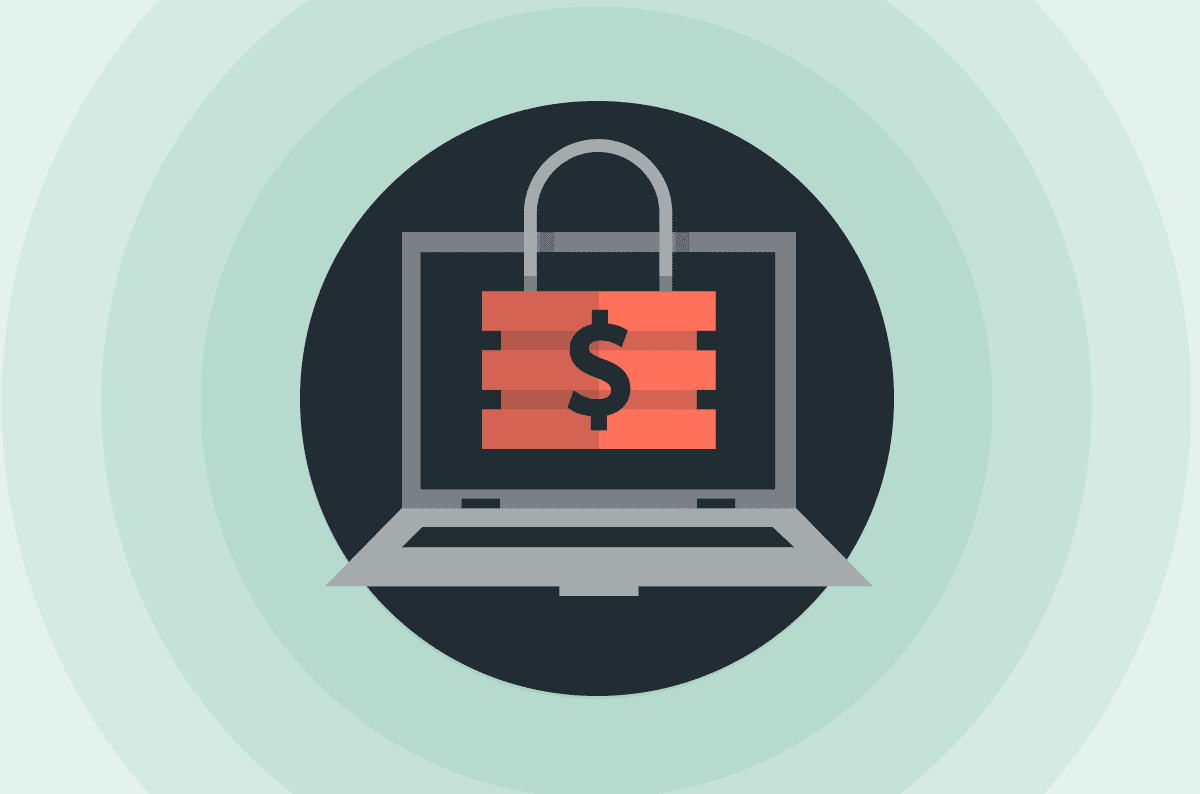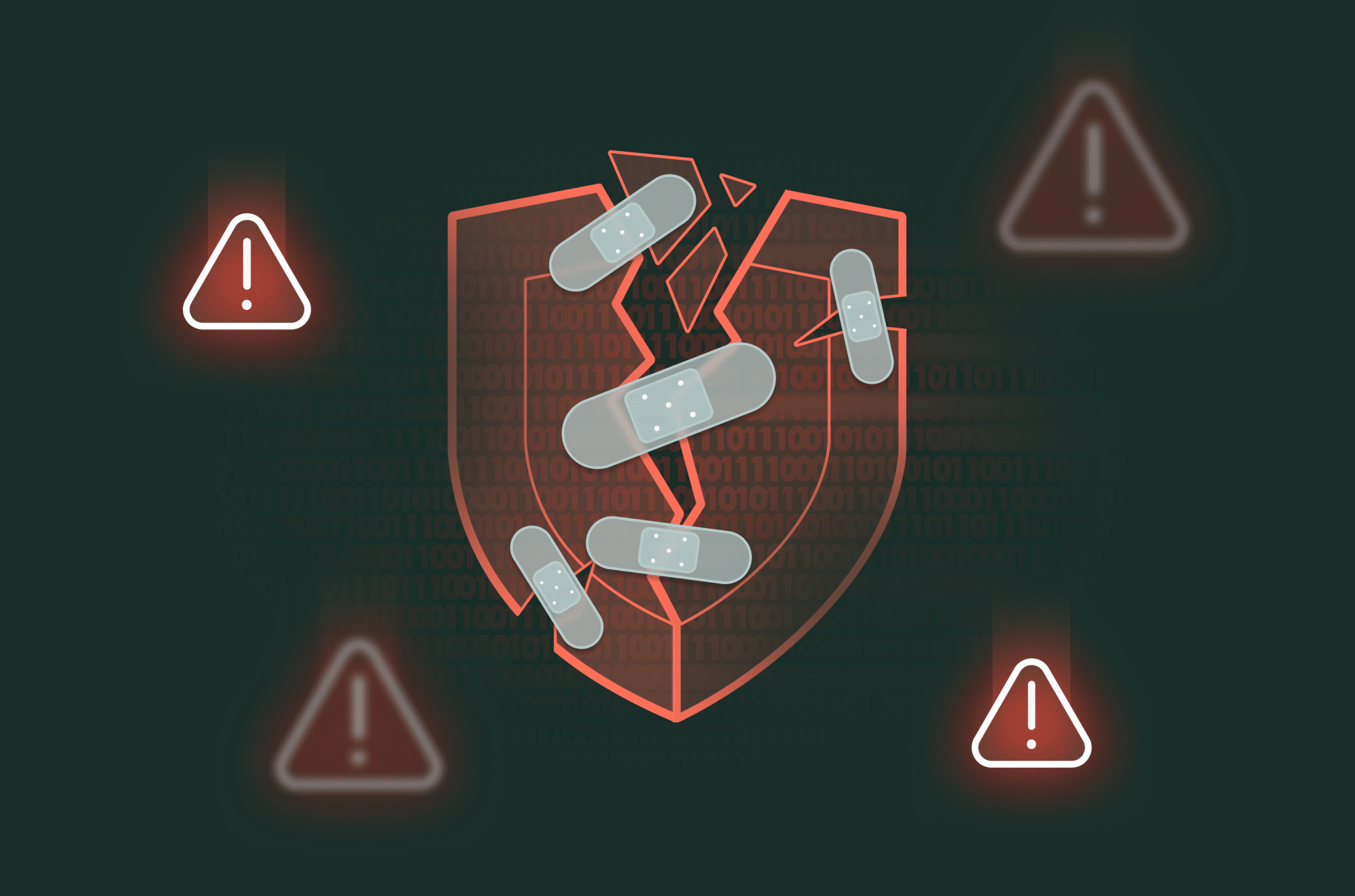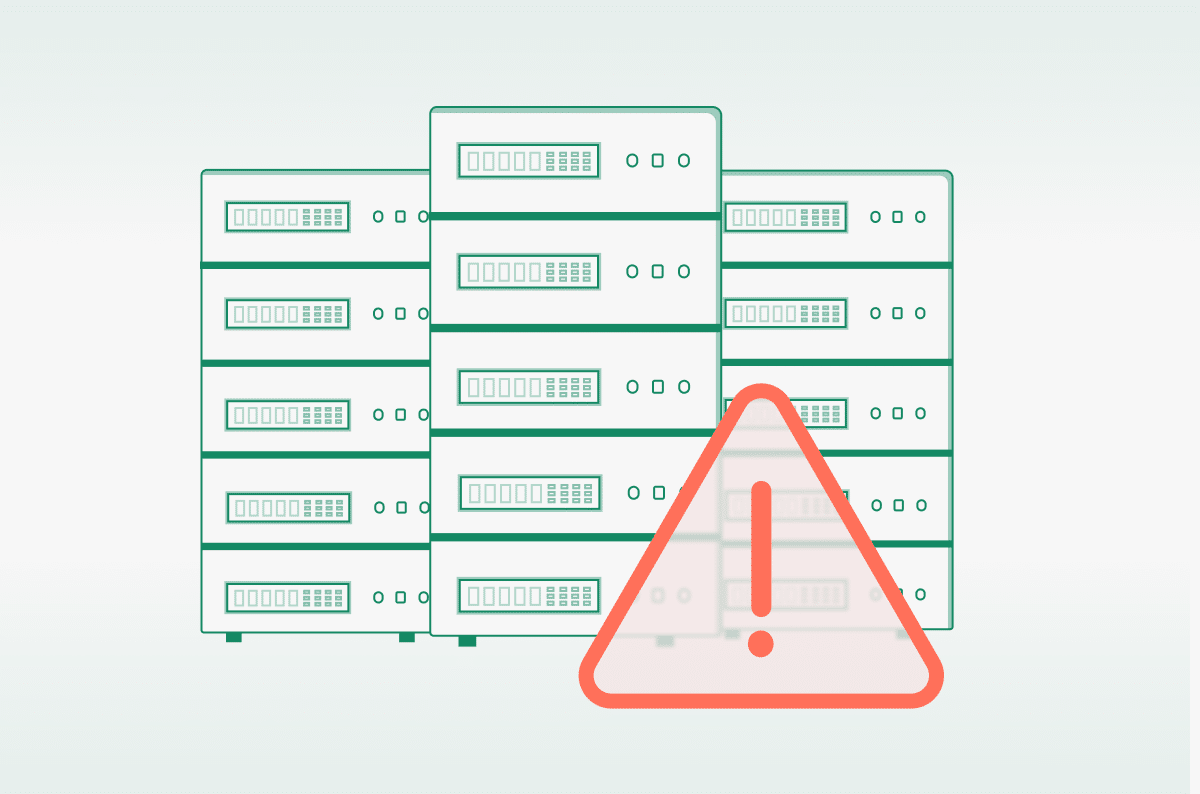How to Protect from Ransomware with SASE

|
Listen to post:
Getting your Trinity Audio player ready...
|
With corporations paying ransoms of seven figures and upwards to restore business continuity, cyber attackers have turned to ransomware as a lucrative income. But in addition to the immediate cost, which could reach millions of dollars, ransomware will also leave organizations with significant long-term damage. This blog post will explain the four main areas of impact of ransomware on organizations, and how Cato SASE Cloud can help prevent ransomware and protect businesses.
This blog post is based on the e-book “Ransomware is on the Rise – Cato’s Security-as-a-Service Can Help”.
4 Ways Ransomware Affects Organizations
1. Immediate Loss of Productivity
Organizations depend almost entirely on data and applications for their daily operations, including making payments, creating products and delivering and shipping them. If this comes to a halt, the loss of productivity is enormous. For some global enterprises, this could even mean losing millions of dollars per hour. Recovering backups and attempting data recovery could take IT teams weeks of work. To restore productivity, some businesses prefer to pay the ransom and get operations back on track.
2. Data Encryption
According to Cybercrime Magazine, the global cost of ransomware damages will exceed $20 billion in 2021 and $265 Billion by 2031. One of the ways attackers gain these amounts is encrypting organizational data, and requiring a payment for instructions on how to decrypt it. To motivate victims to pay, attackers might threaten to destroy the private key after a certain amount of time, or increase the price as time passes.
To view the entire list and additional ways ransomware impacts organizations, check out the ebook.
How Cato SASE Cloud Prevents Ransomware
By converging network and security into a global, cloud-native service, Cato’s SASE platform provides visibility into traffic, edges and resources, which enables building a comprehensive and unique security solution that protects from malware while eliminating false positives.
Here’s are six ways Cato SASE Cloud protected organizations from ransomware:
1. Reputation Data & Threat Intelligence
Cato leverages threat intelligence feeds from open-source, shared communities and commercial providers. In addition, after finding that 30% of feeds contain false positives or miss IoCs, Cato built a complementing system that uses ML and AI to aggregate records and score them.
2. Blocking Command and Control Communication
Cato IPS prevents delivery of ransomware to machines, which is the primary way perpetrators gain hold of systems prior to the attack. If an attacker is already inside the network, Cato prevents the communication that attackers use to encrypt files and data.
3. Blocking Suspicious SMB File Activity
Cato IPS detects and blocks irregular network activity, which could be the result of attackers using SMB to rename or change extensions of encrypted files.
4. Zero Trust Network Access
Cato SASE Cloud provides a zero-trust approach to ensure users and hosts can only access applications and resources they are authorized for. This reduces the attack surface, limiting ransomware’s ability to spread, encrypt and exfiltrate data.
5. Stopping Known and Zero-Day Threats
Leveraging machine learning, Cato’s advanced anti-malware solution defends against unknown threats and zero-day attacks, and is particularly useful against polymorphic malware designed to evade signature-based inspection engines.
6. An IPS that Sees the Full Picture, Not a Partial One
Cato’s IPS has unique capabilities across multiple security layers, including: layer-7 application awareness, user identity awareness, user/agent client fingerprint, true file type, target domain/IP reputation, traffic attributes, behavioral signature and heuristic, and more.
Scale Your Security Team with Cato MDR
Cato can offload the resource-intensive process of detecting compromised endpoints from organizations’ already-busy IT and security teams. This eliminates the need for additional installations as Cato already serves as the customer’s SASE platform, supplying unparalleled visibility into all traffic from all devices.
Capabilities provided:
- Automated Threat Hunting
- Human Verification
- Network-Level Threat Containment
- Guided Remediation
- Reporting & Tracking
- Assessment Check-Ups
Cato MDR service can help you identify and contain ransomware and suspicious activities before they activate and impact your business. Through lateral movement detection and baselining host behavior, Cato MDR service gives your network an extra set of eyes to detect, isolate and remediate threats. Contact us to learn more.
See the e-book “Ransomware is on the Rise – Cato’s Security-as-a-Service Can Help”.














